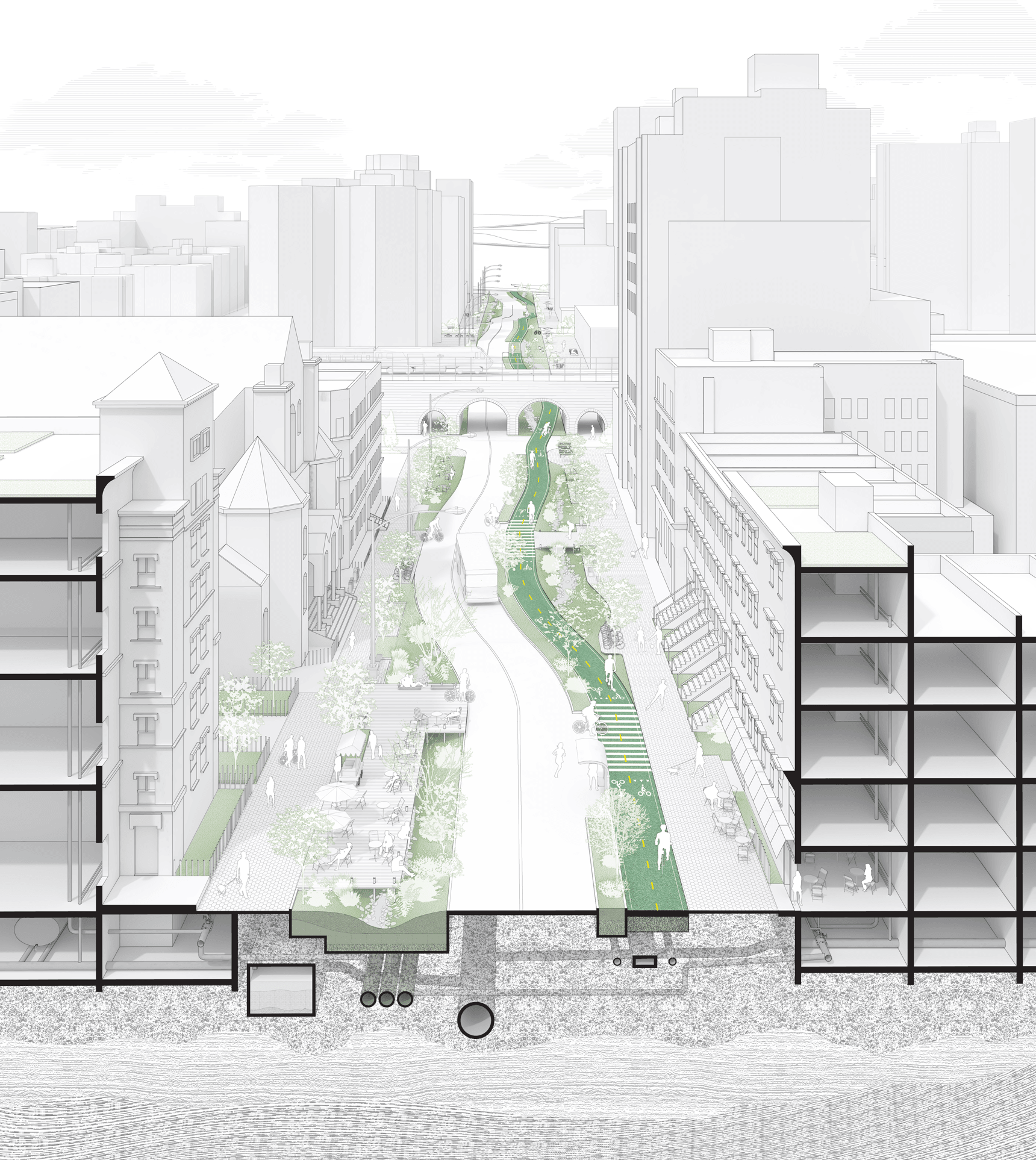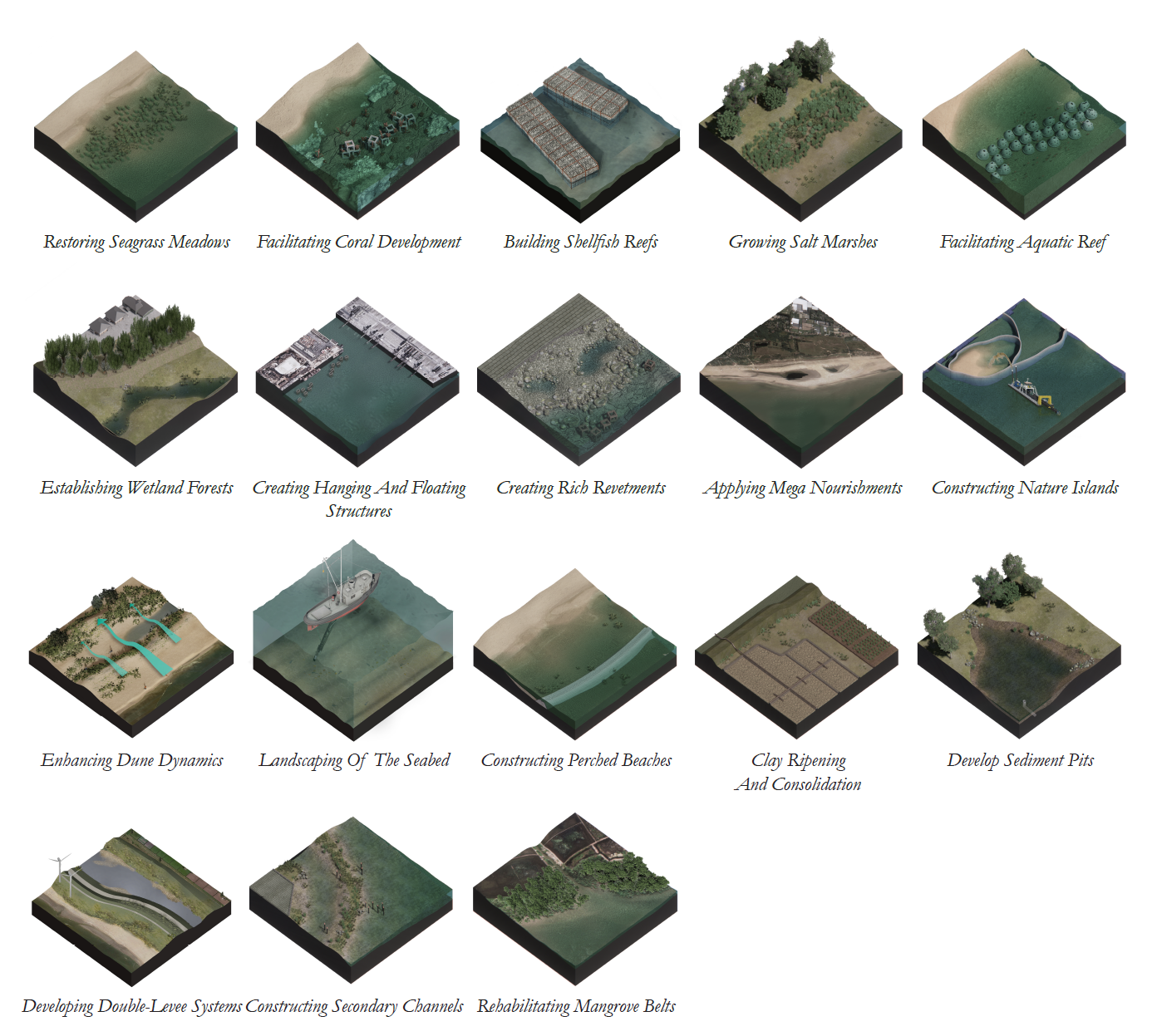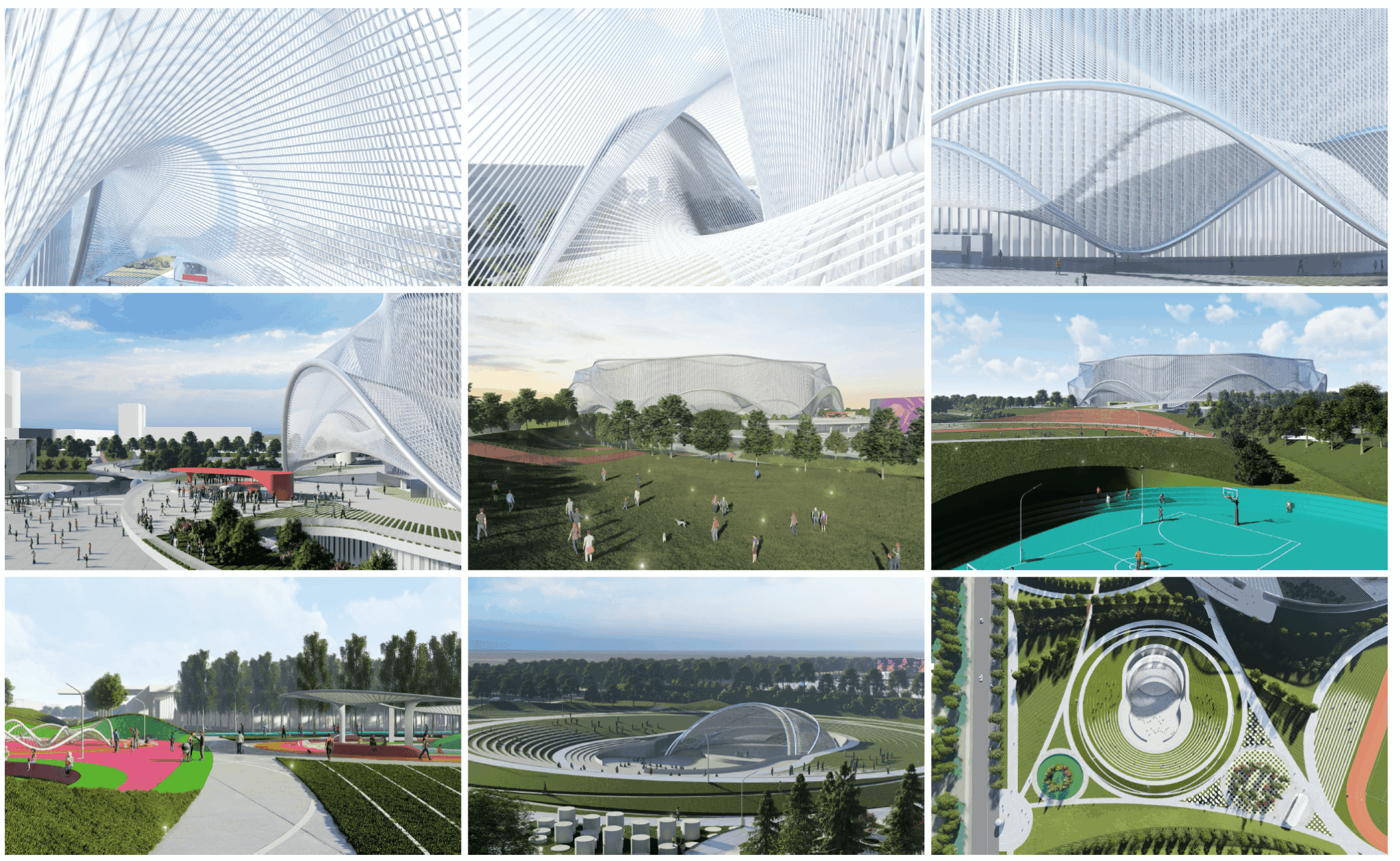We caught up with the brilliant and insightful Yifan Deng a few weeks ago and have shared our conversation below.
Alright, Yifan thanks for taking the time to share your stories and insights with us today. If you could go back in time do you wish you had started your creative career sooner or later?
If I could go back in time, I would have started my own creative career sooner. After graduating with a master’s degree in architectural design, I spent the first few years working for various firms, primarily fulfilling the visions and design directions of others. While it was valuable experience, I eventually realized there was little in terms of my own creative output—no body of work that reflected my ideas and design philosophy.
Starting a creative service or practice of your own earlier allows you to build something that’s truly yours, something that becomes part of your own portfolio rather than simply contributing to someone else’s. Striking a balance between working for others and investing time in developing your own creative direction is key. Reflecting on this now, I wish I had taken the leap to focus on my own vision sooner, as it’s been incredibly meaningful to do so. It’s part of why I co-founded Fillet Edge—so that we could start crafting our own ideas and shaping our own design philosophy, while still maintaining a balance between work and life.

Great, appreciate you sharing that with us. Before we ask you to share more of your insights, can you take a moment to introduce yourself and how you got to where you are today to our readers.
I co-founded Fillet Edge, a multidisciplinary design studio, with my partner Tianjian Li in 2022. Our areas of expertise include architecture design, interior design, creative concepting, and experiential design. “Fillet Edge” in architecture symbolizes a harmonious blend of bold creativity and thoughtful refinement. It suggests designs that are approachable yet striking, solutions that address complexity with grace, and a commitment to crafting spaces that connect people and environments in meaningful ways.

For you, what’s the most rewarding aspect of being a creative?
For me, the most rewarding aspect of being a creative is seeing the realization of my designs, whether in the physical world or in virtual environments like XR and AR. It’s incredibly fulfilling when the spaces or concepts I’ve created are experienced by users, or even when my drawings evoke an emotional response from viewers.
My design philosophy centers on the immersive experience—what it feels like to inhabit a space or interact with a design. I aim to go beyond flat, two-dimensional drawings and instead convey the emotional, sensory journey of a space. I believe architecture is not just about static representations; it’s about the ever-changing experience shaped by light, materiality, time, and perspective. Through my designs, I strive to tell a story that enables people to envision themselves within the spaces I create.
The most rewarding part of this process is when people truly engage with my work, imagining their own experiences or lives within the spaces. That connection, between my creative vision and the user’s experience, is what makes it all worthwhile.

How can we best help foster a strong, supportive environment for artists and creatives?
To better support artists and creatives, society needs to place greater emphasis on the value of authenticity and recognize the true effort and expertise that go into creative outputs. Too often, people—even friends—underestimate the time, skill, and experience required for design work, whether it’s offering recommendations, consulting, or creating a design. There’s a tendency to undervalue this labor, assuming it should be done for free or at a reduced rate simply because of personal connections. However, even in these informal interactions, there is a depth of expertise and creativity that deserves fair compensation.
Another issue is the societal tendency to measure the value of creative work purely in material terms, ignoring the design process, the days and nights of ideation, and the emotional investment behind it. When creatives charge higher prices that reflect this reality, they’re often met with resistance, as people tend to overlook the intangible aspects of design—such as the intellectual and artistic labor that drives the outcome.
Additionally, copyright issues are prevalent in the creative world. It’s far too common for people to search for cheaper alternatives to original designs or simply copy a creative idea without regard for its authenticity. This devalues the original work and often supports the unregulated copying or theft of creative outputs. Society needs to raise awareness around this issue and promote respect for the intellectual property and hard work of artists and designers.
Contact Info:
- Website: https://www.filletedge.com/
- Linkedin: https://www.linkedin.com/in/yifandengaad/



Image Credits
1. ©Yifan Deng
2. ©Fillet Edge
3. © Yifan Deng
4. ©One Architecture & Urbanism
5. ©One Architecture & Urbanism
6. ©Asymptote Architecture


